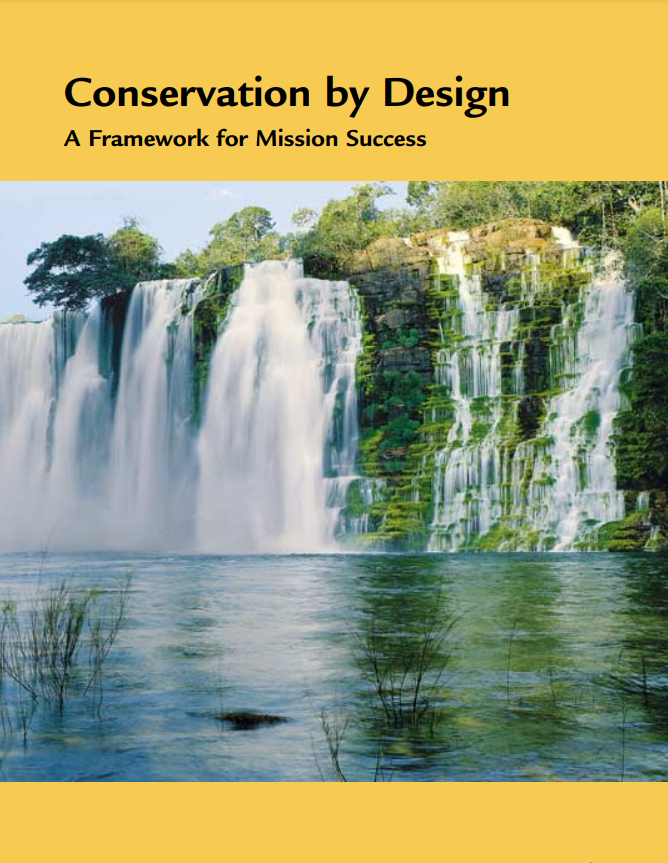In 1996, The Nature Conservancy (TNC) adopted it’s initial Conservation by Design: A Framework for Mission Success.
TNC’s goal at that time was “the long-term survival of all viable native species and communities through the design and conservation of portfolios of sites within ecoregions.”
From the late 1990s through the late 2000s, TNC developed “portfolios” of conservation areas in 68 U.S. ecoregions.
TNC’s total U.S. ecoregional portfolio includes 8,261 conservation areas.

Ecoregional plans can be found by searching on TNC’s Conservation Gateway.
Site sizes ranged from less than 1 acre (Jerry Smith Farm Park near Kansas City) to over 12.0 million acres (Sandhills Prairie in Nebraska); the next largest site was Crown of the Continent at ~4.3 million acres. (The Sandhills Prairie “megasite” was treated as an outlier, in that 11 other large sites – several individually larger than 100,000 acres – were contained within the megasite.)
Several TNC ecoregions extend across the U.S. borders; cross-border sites were included in the assessment if their center fell in the United States.
TNC’s portfolio, excluding Sandhills Prairie, totaled 618,138,530 acres. Approximately 1% of the TNC sites comprise approximately 23% of the total TNCs area.
Applied Conservation’s preliminary evaluation analyzed 4,122 TNC sites over 10,000 acres. In 2024 the TNC sites will be evaluated to determine which ones best “fill the gaps” in conservation goals not achieved on public lands and otherwise make the greatest contribution to conserving natural diversity.